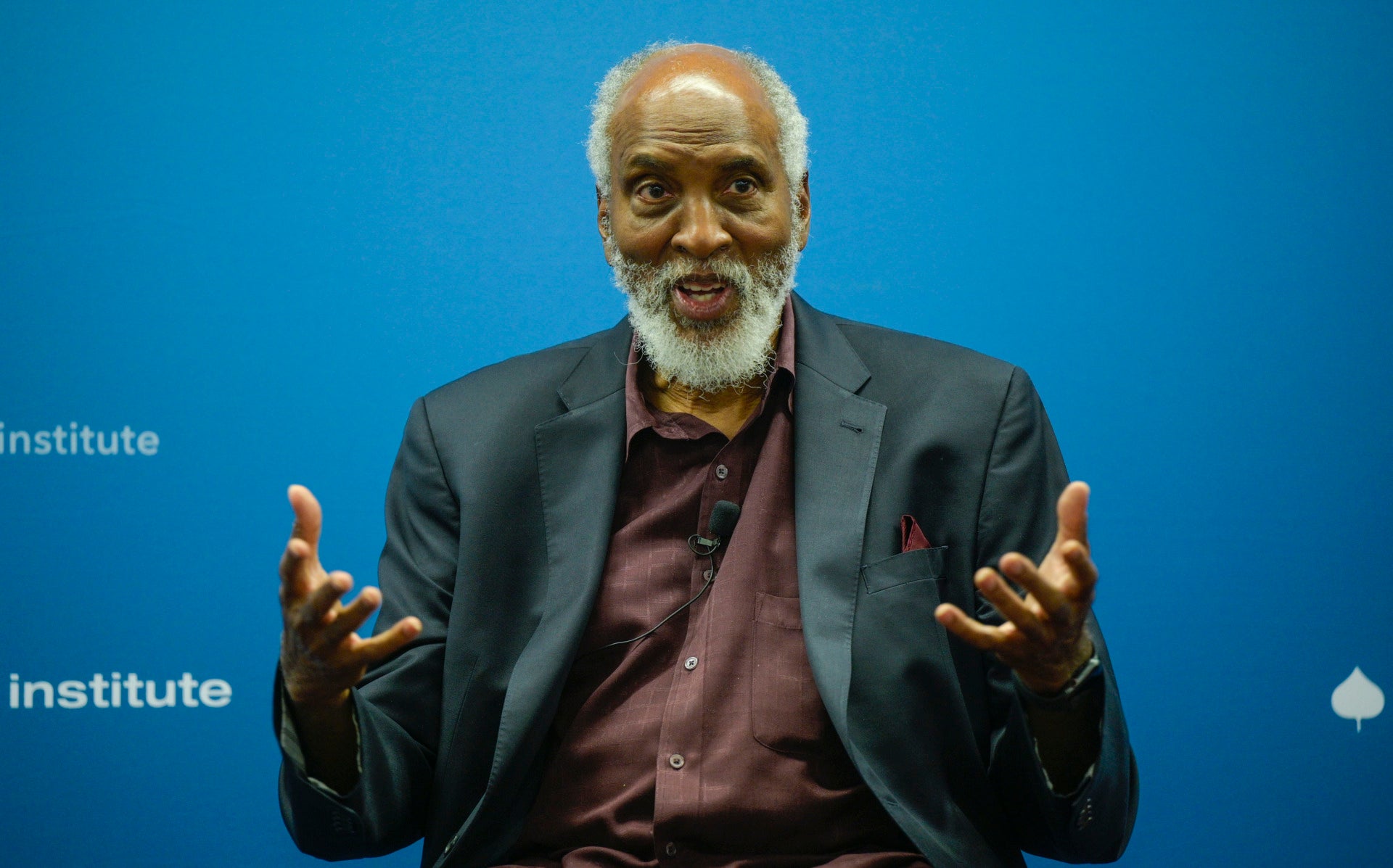Google recently made headlines after an engineer published a memo titled “Google’s Ideological Echo Chamber.” The 3000-word memo claimed that “biological causes” explain why we don’t see equal representation of women in tech and leadership. Since then the author, James Damore, has been fired for advancing harmful stereotypes, while the memo has sparked a new debate over diversity in the tech world.
Although Damore’s argument centered mostly on Google’s alienation of conservative viewpoints, he also criticized the hiring practices and mentorship programs the company runs for “diversity” candidates. What Damore and other critics fail to realize is that implicit and unconscious bias in hiring and treatment in the workplace against women and people of color is still a problem. In fact, this is likely the very reason Damore believes that Google’s “Hiring practices [could] effectively lower the bar for ‘diversity’ candidates.” This issue has created obstacles including narrow recruitment, lack of mentorship and training, and low levels of opportunity for advancement for women and people of color, in comparison to their white counterparts. It has also had ramifications in technology. The programs and practices that Damore argues against are the very efforts needed by tech companies to achieve diversity.
To ensure that people of color have a seat at the table, organizations and leadership teams must commit to increasing diversity. This means attracting, developing, and retaining a new generation of leaders and scholars in the field of tech.
According to a report from the 2014 U.S. Equal Employment Opportunity Commission (EEOC), there is little diversity at high tech firms in Silicon Valley. At the top 75 firms, African Americans represent 2 percent, Latinos 4 percent, and women 30 percent of the professional-level workforce. Accordingly, leadership positions are still mostly held by whites. This lack of diversity among high tech workers is a central public policy concern.
While some tech firms have argued that a lack of qualified workers of color in the education pipeline explains their absence in the field, this has been disproven. In fact, research shows that tech workers of color are underutilized in the workforce. Between 2000 and 2013, science and engineering undergraduate enrollment increased for Latino and African American students. The percentage of Latino students awarded bachelor’s degrees in these fields has also increased, yet Latinos account for only 6 percent of employment in the field.
As the demographics of the United States continue to change, diversity in the workplace becomes more important than ever. Research shows that racial and gender diversity can have a positive impact on learning and performance outcomes. It is also associated with “increased sales revenue, more customers, greater market share, and greater relative profits.” Both McKinsey and Company and the Center for American Progress suggest that companies with more diverse workforces perform better financially. Moreover, greater diversity leads to better understanding of cultures, which can foster new ideas and perspectives leading to organizational change.
Silicon Valley has been challenged to embrace diversity and employ and retain more women and people of color in the field of tech. Beginning in 2014, leading tech companies began to disclose basic demographic data and as a result created and hired Chief Diversity Officers. Earlier this year, Google partnered with Howard University to launch a program called “Howard West” on its campus in Mountain View, California to recruit more Black software engineers. As more tech companies seek to increase diversity in the workforce, other organizations and companies must follow suit to aid in the effort.
It is equally important to have diversity in the field of tech and public policy. Telecommunications policy is critical to ensure that broadband and media industries are meeting the interests of the public. In order to address the public’s needs and concerns, leadership in the field of telecommunication policy should be diverse as well.
According to 2011 data from the EEOC’s Annual Report on the Federal Work Force, the Federal Communications Commission (FCC) lacks diversity at the executive level. Diversity at the FCC matters because senior level officials have decision-making powers that impact the public interest. These policy decisions should include and reflect the voices of people of color. As technology and media continue to evolve, it is increasingly important that policymakers reflect the diverse perspectives of society in order to facilitate innovative approaches to challenges that face the field.
There are a number of tech organizations working on behalf of these issues who have suggested strategies to increasing diversity. Catherine Ashcraft, senior research scientist at the National Center for Women & Information Technology, proposes 10 actionable ways to increase diversity in tech:
- Focus on changing company culture
- Develop top leadership support and accountability
- Involve “majority group” members in change efforts
- Show commitment by tracking and supporting data
- Expand the kind of data collected
- Help managers learn to reduce unconscious bias
- Analyze job descriptions, recruitment strategies, and interview practices for hidden biases
- Develop and sponsor highly qualified underrepresented talent
- Ensure team environments where all members can contribute to innovation and problem solving
- Implement flexible work-life policies and make it okay to actually use these policies without overt or subtle repercussions
There is still a lot of work to be done in all organizations, yet one fact remains the same. There is opportunity for diversity in tech and policy and we must all make a commitment to getting there, one leader at a time. If tech companies can create flying cars, autonomous robots, and lab-grown organs, surely they can achieve diversity.


